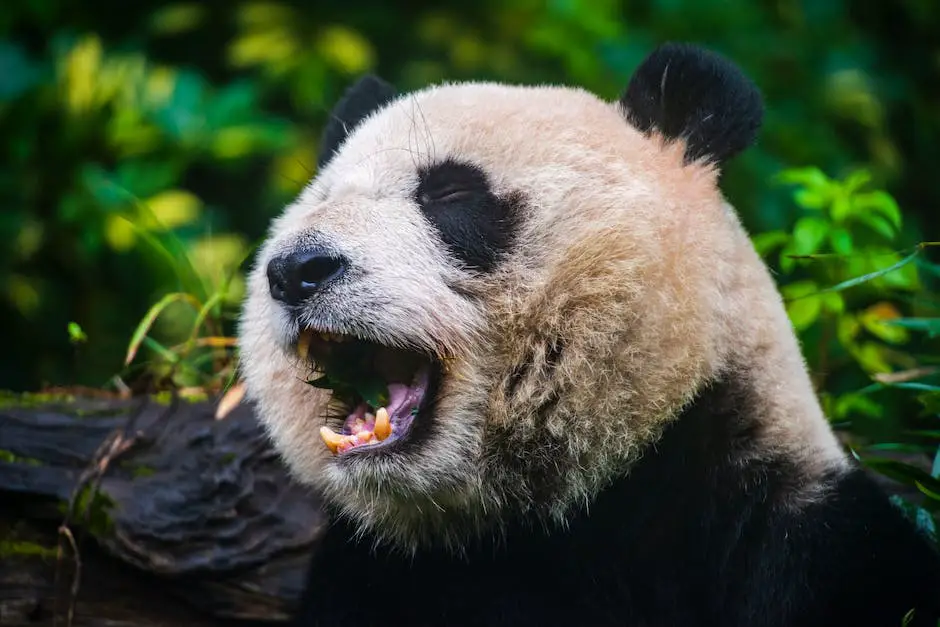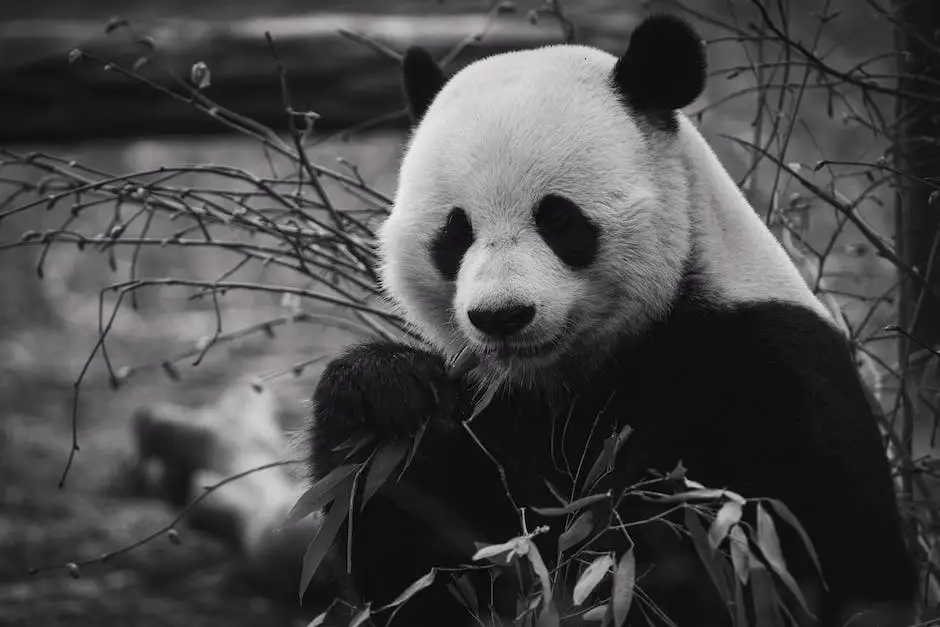The intriguing life journey of pandas, from their adorably clumsy infancy to their majestic full-grown stage, evokes curiosity about their life expectancy. With their distinctive features and gentle demeanor, pandas have captured the world’s attention. However, with their habitat continually under threat and their species listed as vulnerable, the natural lifespan of these mammals becomes of significant interest. This discourse delves into the life expectancy of pandas, both in the wild and in captivity. The contrasting factors influencing their survival, ranging from natural predators and diet in the wild to medical care and enhanced living conditions under human care are also scrutinized.
Life Expectancy of Pandas in the Wild
Life Expectancy of Pandas in the Wild
Pandas, also known as Giant pandas, have a life expectancy that can range anywhere from 14 to 20 years in the wild. This may be considered relatively short when compared to other bear species, some of which have been recorded to live up to 30 years in the wild. This age range for pandas, however, is affected by a myriad of factors within their habitat.
Key Factors Influencing the Lifespan of Pandas
A variety of factors impact the lifespan of pandas, the primary one being their diet. Pandas largely feed on bamboo, a food source that is low in nutrients and can leave them susceptible to health complications. Moreover, the pandas’ dependence on bamboo exposes them to the risk of nutritional deficiency if the bamboo forests, their primary habitat, are depleted, which can elevate their mortality rates.
The reproductive dynamics of pandas are another significant factor affecting their lifespan. Female pandas have a very narrow fertility window once a year, and coupled with a high rate of infant mortality, the growth of their population is relatively slow. This makes the species more susceptible to extinction, thereby impacting their general life expectancy. Furthermore, wild pandas also face dangers from natural predators like leopards and wild dogs.
Human intervention, such as the establishment of reserves, strict laws against hunting and poaching, and the execution of captive breeding programs, have started to gradually enhance pandas’ life expectancy. However, despite these efforts, the Giant panda is still classified as a vulnerable species by the International Union for Conservation of Nature (IUCN).

Life Expectancy of Pandas in Captivity
Expected Lifespan of Pandas in Protected Environments
In contrast to their wild counterparts, pandas living in captive environments can often reach ages of late twenties or maybe even early thirties. This boost in life expectancy can be traced back to several causative factors associated with captivity.
Protective environments such as zoos or reserves ensure that pandas receive regular medical supervision. This enables early detection and prompt treatment of potential health issues. Additionally, unlike their wild counterparts who may struggle with sufficient food due to human-induced changes in their natural habitat, captive pandas are guaranteed a consistent supply of food. This includes their mainstay diet of bamboo along with additional fruits and nutritional supplements. The diet of pandas in captivity is closely monitored for balance and adequacy, thereby promoting better health and extending their lives.
Why Pandas Live Longer in Captivity
Further, the controlled environment and safety from predators significantly contribute to pandas’ increased life expectancy in captivity. Their living conditions are meticulously maintained to mimic their natural habitat as closely as possible. They have plenty of space for climbing, swimming, and other activities, which keeps them both physically and mentally fit. Regular human interaction also keeps them mentally stimulated, which is important for their overall health.
In contrast, pandas in the wild face threats from habitat loss due to deforestation and human encroachment, as well as from natural predators. They may face food shortages and are at risk of injuries, diseases, or severe weather conditions from which they are protected in captivity. Hence, despite the ongoing conservation efforts to maintain and increase the wild panda population, pandas in managed care tend to have longer lifespans.

Our exploration reveals just how complex the life and survival of pandas can be. Whether it is the untamed wilderness their species have graced for thousands of years or the controlled environments of zoos and reserves, the longevity of these fascinating creatures is a product of several intricate factors. From diet choices, reproductive habits to human intervention, all these contribute to the pandas’ lifespan. As their survival continues to engage conservationists and panda enthusiasts alike, understanding the factors that influence their life expectancy imparts crucial knowledge to inform and potentially improve their future conservation strategies.





